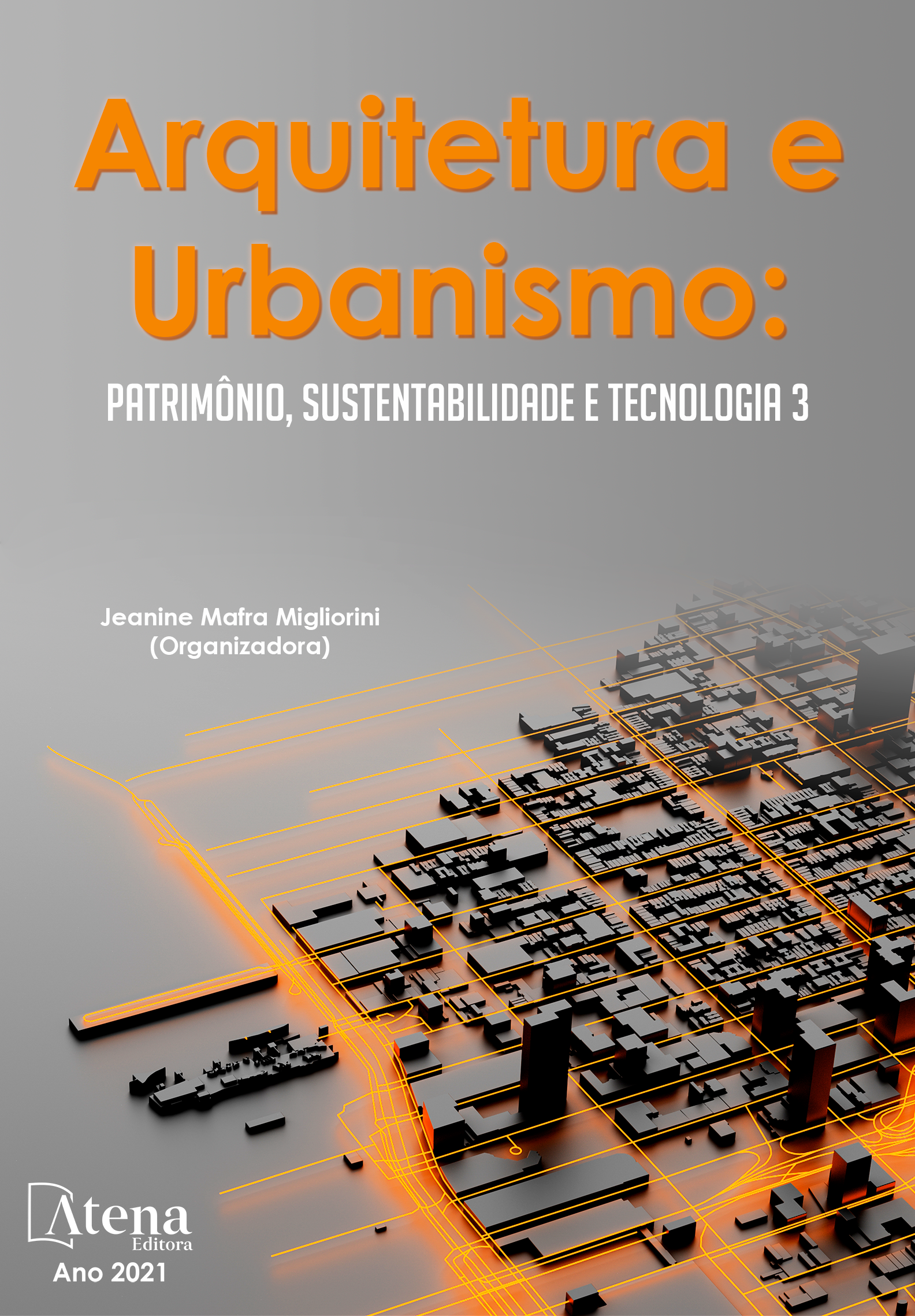
CONSTRUÇÃO SUSTENTÁVEL: NET POSITIVE HOME E SEUS SISTEMAS
Net Positive Homes, residências com padrão sustentável desde a fase de projeto até a construção final, é o assunto principal deste artigo que enaltece parte da esfera ecológica da construção civil, que vem se fortalecendo entre os profissionais da área e a própria sociedade. São abordados os principais sistemas alternativos adotados por projetos deste gênero. Trata-se de captação de águas pluviais, reciclagem dos efluentes domésticos, estratégias ativas e passivas para a redução do consumo energético e fontes energéticas renováveis adaptadas à escala residencial, com especial enfoque para aquelas que possuem maior viabilidade de aplicação no território brasileiro. Portanto, há uma introdução ao âmbito sustentável da indústria da construção civil, quais suas motivações e como esta se desenvolve, para posteriormente identificar onde o objeto de estudo se enquadra e discorrer a respeito dos métodos projetuais que a ele geralmente se aplicam. Sabe-se que nenhum projeto é idêntico ao outro, entretanto, há muitas semelhanças quanto às soluções adotadas de sistemas prediais alternativos aqui apresentados, o que permite a construção de um conceito geral, que é aplicado na estruturação da pesquisa. Para sistematizar os procedimentos sobre estes aspectos, realizou-se a revisão bibliográfica sobre a temática apresentada e, posteriormente, teceu-se considerações a respeito de qual o papel do arquiteto neste cenário ao tratar de onde o processo projetual se inicia e qual sua função social, econômica e ambiental, pois envolve também a conscientização do futuro usuário e dos impactos da obra no ecossistema ambiental.
CONSTRUÇÃO SUSTENTÁVEL: NET POSITIVE HOME E SEUS SISTEMAS
-
DOI: https://doi.org/10.22533/at.ed.1222116073
-
Palavras-chave: Sustentabilidade. Eficiência energética. Residência sustentável. Net Positive Home.
-
Keywords: Sustainability. Energetic efficiency. Sustainable residence. Net Positive Home.
-
Abstract:
Net Positive Homes, residences with a sustainable standard from the design phase to the final construction, is the main subject of this article that highlights part of the ecological sphere of civil construction, which has been strengthening among professionals in the area and society itself. The main alternative systems adopted by projects of this kind are discussed. It involves rainwater collection, recycling of domestic effluents, active and passive strategies for reducing energy consumption and renewable energy sources adapted to the residential scale, with a special focus on those that have greater feasibility of application in Brazilian territory. Therefore, there is an introduction to the sustainable scope of the civil construction industry, what its motivations are and how it develops, to later identify where the object of study fits and discuss the design methods that generally apply to it. It is known that no project is identical to the other, however, there are many similarities regarding the solutions adopted for alternative building systems presented here, which allows the construction of a general concept, which is applied in the structuring of the research. In order to systematize the procedures on these aspects, a bibliographic review on the theme presented was carried out and considerations were made regarding the role of the architect in this scenario when dealing with how the design process begins and which its social, economic and environmental function, as it also involves raising awareness of the future user and the impacts of the work on the environmental ecosystem.
-
Número de páginas: 20
- Paulo Roberto Corrêa
- Paola Serafim Filócomo


